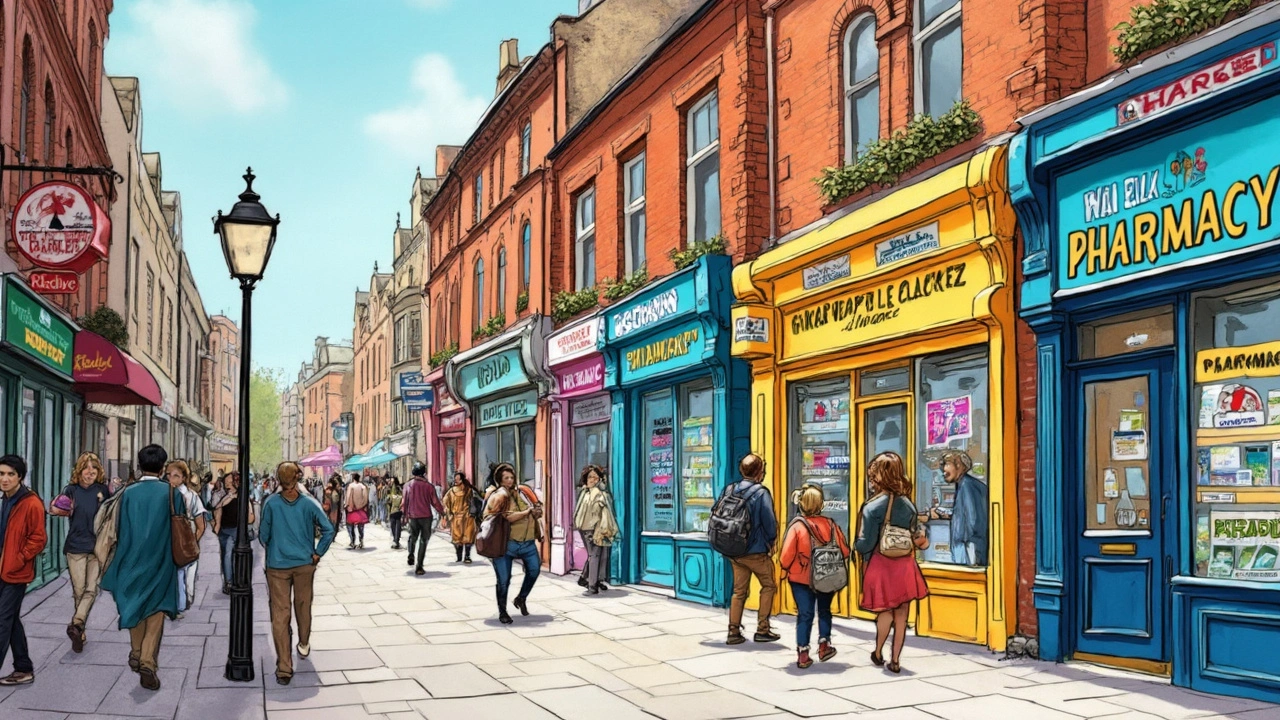Finding alternatives to Canada Meds 4 Less can be essential for those seeking variety in pharmacy services. Exploring options like Pharmex Direct provides insights into features like fast local delivery and access to pharmacists. With each alternative offering distinct benefits and limitations, patients can choose what best suits their healthcare needs. Evaluating these alternatives ensures that individuals receive the best possible pharmacy service based on their specific requirements.
Pharmacy Alternatives: How to Save Money and Stay Safe
If you’re tired of pricey prescriptions or endless wait times at your local drugstore, you’re not alone. More people are hunting for pharmacy alternatives that cut costs, speed up delivery, and still keep them protected from scams. Below you’ll find the main types of alternatives and a quick checklist to keep you on the right track.
Why Look for Alternatives?
Traditional pharmacies can be expensive, especially if your insurance doesn’t cover everything. Plus, not every pharmacy offers the same services—some don’t have 24/7 delivery, generic versions, or easy refill reminders. By exploring other options, you can find lower prices, better convenience, and sometimes more personalized help.
Popular Types of Pharmacy Alternatives
Discount platforms like GoodRx, SingleCare, and RxSaver compare prices at nearby stores and online. They often give coupons that knock 20‑60% off the retail price. If you already have a prescription, a quick search on one of these sites can reveal a better deal.
Online pharmacies let you order meds from the comfort of your couch. Reputable sites are U.S.-based, require a prescription, and use secure checkout. Look for the Ⓡ or VIPPS seal, which shows they’re verified by the National Association of Boards of Pharmacy.
Mail‑order programs offered by many insurers or pharmacy chains provide a 90‑day supply at a reduced cost. They’re handy if you need chronic meds and don’t want monthly trips to the store.
International pharmacies can be tempting because of lower prices, but they carry higher risk. Only consider them if the pharmacy is accredited, requires a prescription, and shows clear contact info.
Specialty pharmacy services focus on high‑cost drugs for conditions like multiple sclerosis or cancer. They often coordinate with your doctor and insurance to lower out‑of‑pocket fees.
Quick Safety Checklist
- Check the pharmacy’s license: use the state pharmacy board’s website.
- Make sure a prescription is required—no‑Rx sites are red flags.
- Look for clear privacy policies and secure (HTTPS) checkout.
- Read user reviews on independent sites, not just the pharmacy’s page.
- Compare prices with at least two other sources before buying.
Following this list helps you avoid counterfeit meds, hidden fees, and delayed shipments.
How to Choose the Best Alternative for You
Start with the medication you need. Plug the name into a discount platform to see the cheapest local price. If it’s still high, search for a reputable online pharmacy that ships to your state. For chronic conditions, see if your insurance has a mail‑order option—these often give the best price per dose.
Don’t forget to factor in shipping costs and delivery time. Some online pharmacies offer free two‑day shipping for a small subscription fee, which can be worth it if you need meds quickly.
Lastly, keep a record of where you bought each prescription. If you ever experience side effects or suspect a problem, you’ll need that info for your doctor or pharmacist.
Exploring pharmacy alternatives can feel overwhelming, but with the right tools you’ll save money, get meds faster, and stay protected. Use the checklist, compare prices, and you’ll find a solution that works for your wallet and health.

